History of Lynden Hill Clinic
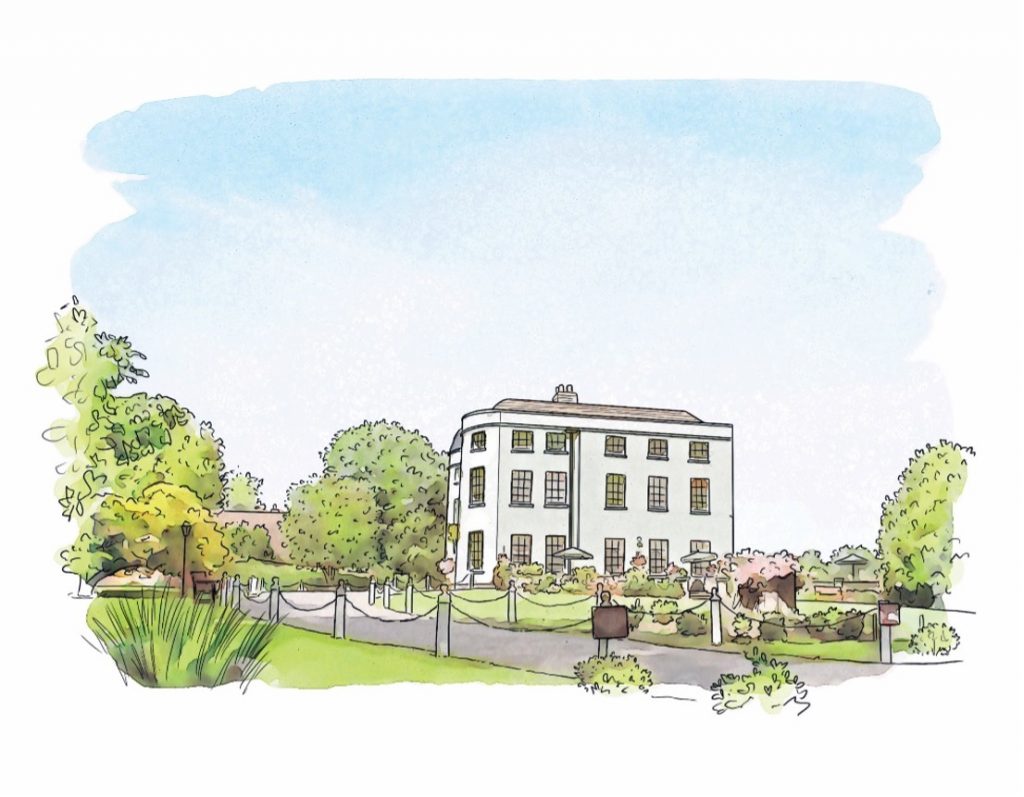
History of the House
The house is built on a ley line, with direct views across the valley to Windsor Castle.
Legend has it that the house was built on a hill as one of the Ladies of the House was a mistress of King George III and she could see when he was at Windsor!
Linden Hill was always known as Bear Hill, possibly so called, after the De Bere family who were the major landowners in the local area.
1438
The earliest account
The earliest account of a property here was in 1438. Sir John Harpeden, Kent, listed his estate including 230 acres of pasture, arable and woodland in Wargrave.
1634
Thomas Manwood
1657
George Courtrop
1751
Captain John Hamilton
In 1751 it was the seat of Captain the Hon John Hamilton (1714-1755), who commissioned the main part of the building that stands on the site today.
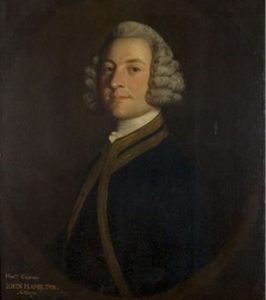
1755
Moses Ximenes
Shortly after Hamilton’s death, the house was sold to Moses Ximenes Esq who was a captain in the British Army and Berkshire landowner.
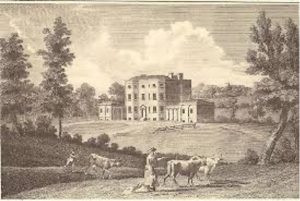
1817
The Fonnereau Family
The property was then acquired by Martyn Fonnereau a member of parliament, who died in 1817, leaving the property to his son Henry.
1878
John Jesse Bulkeley
Mr John Jesse Bulkeley bought the estate from the Fonnereau’s and his family held it for the longest period in its history, nearly one hundred years.
Late 19th Century
Anna Pavlova
It is rumoured that Anna Pavlova, the Russian Prima ballerina of the late 19th and early 20th centuries spent time at Lynden Hill Clinic with her pet swan Jack and that Jack is buried in the animal cemetery on the grounds.
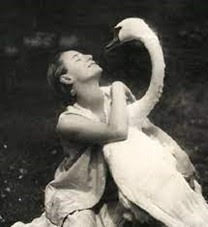
Image courtesy of messynessychic.com
1928
The Roaring Twenties
After only a short time, the property was again sold in 1926 to Mr FWJ Firkins, who sold in 1928 to Mr Guy Argles.
Mr Argles lived here with his two daughters and the property became the centre of the village social scene. As a stockbroker, Mr Argles was very wealthy and held large parties regularly.
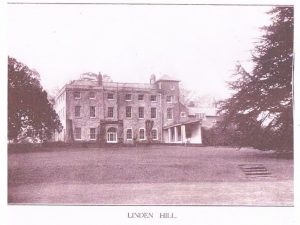
1950
Helen Stuart Lingerie
In 1950, sisters Helen and Edna moved their lingerie business and belongings into the house with their team of girls.
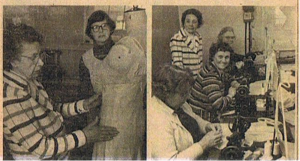
1980
Lynden Hall
The building was purchased in January 1980 by a property developer for the Masons and an application was made for the necessary alterations.
1985
Windsor Clinic
1993
Lynden Hill Clinic
Lynden Hill Clinic opened in 1993, the realisation of a long-held vision to create a unique, tranquil place of healing and recovery.
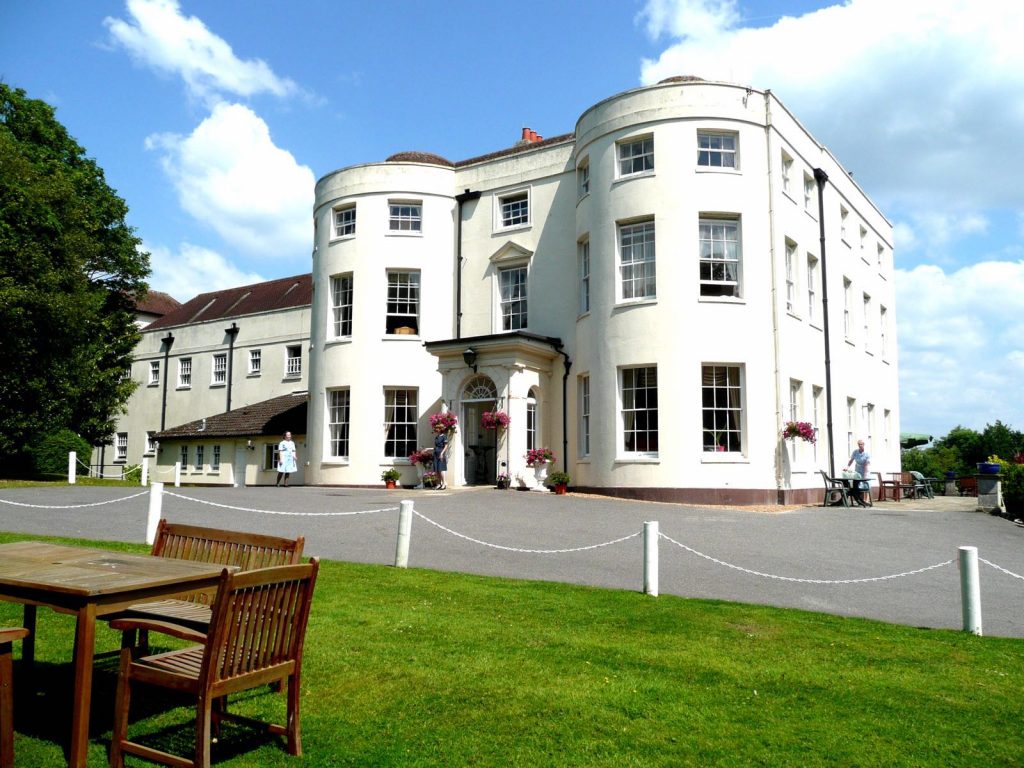
History of Lynden Hill Clinic
The house is built on a ley line, with direct views across the valley to Windsor Castle.
Legend has it that the house was built on a hill as one of the Ladies of the House was a mistress of King George III and she could see when he was at Windsor!
Linden Hill was always known as Bear Hill, possibly so called, after the De Bere family who were the major landowners in the local area.
The earliest account of a property here was in 1438. Sir John Harpeden, Kent, listed his estate including 230 acres of pasture, arable and woodland in Wargrave.
The next account of the property is in 1634. The Vicar compounded his tithes for payment in cash, and Thomas Manwood of Bear Hill, paid the sum of sixpence – the smallest amount collected, though his estate was almost the largest.
In 1657 the property had again found a fresh owner, a George Courtrop and then in 1741 Viscountess Preston owned the estate.
Captain John Hamilton
In 1751 it was the seat of Captain the Hon John Hamilton (1714-1755), who commissioned the main part of the building that stands on the site today. He was Great Grandfather (x 6) to Princess Diana. Captain Hamilton was a British naval officer, the second son of James Hamilton, 7th Earl of Abercon. He served in the Royal Navy in Guinea and the West Indies and throughout the War of Austrian Succession. In 1749 he married Harriet Eliot, the widow of Richard Eliot. Unfortunately, Captain Hamilton drowned in Portsmouth Harbour in 1755 before the building was completed.
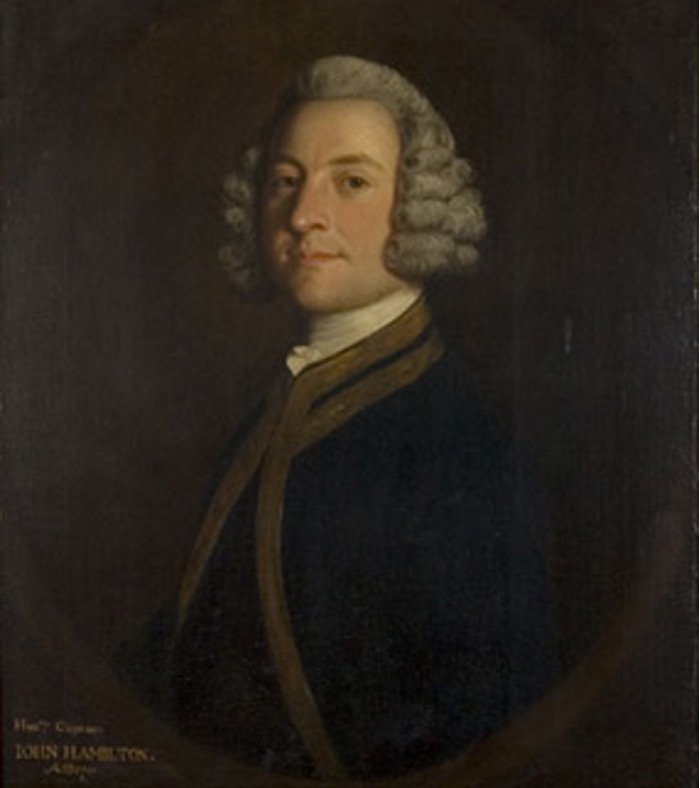

Moses Ximenes Esq
The Fonnereau Family
John Jesse Bulkeley
The Roaring Twenties
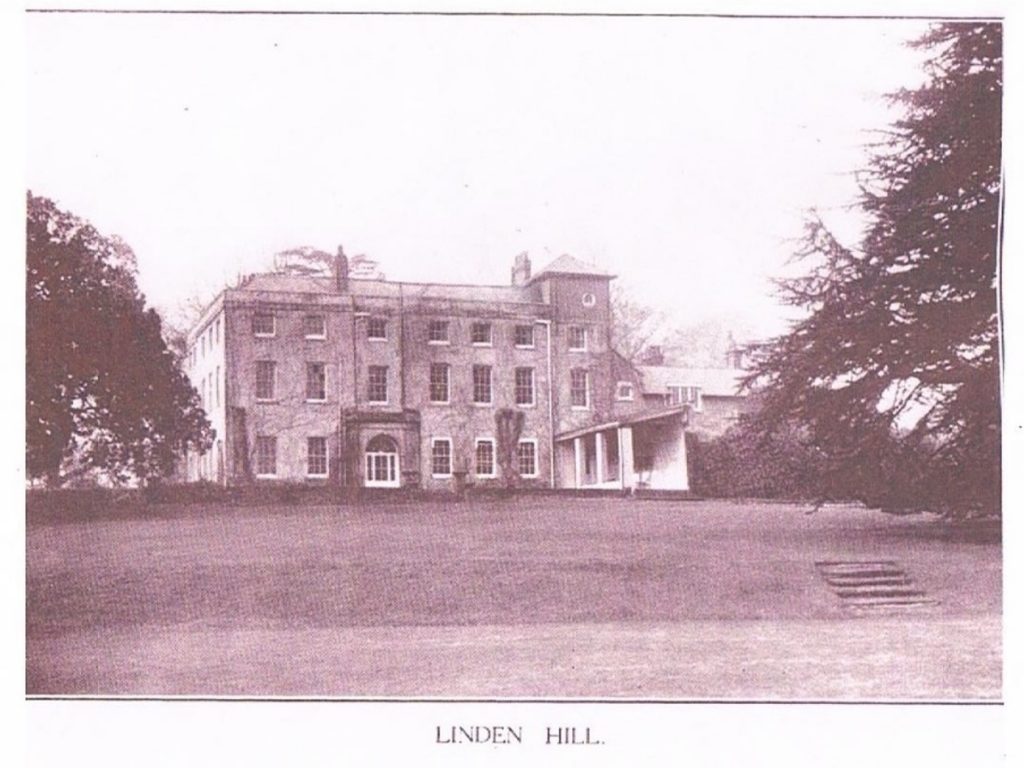
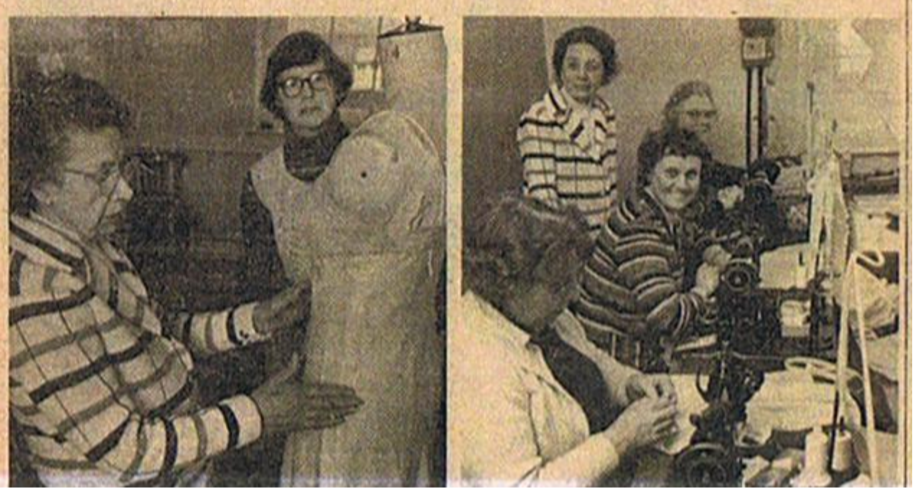
Helen Stuart Lingerie
In 1950, sisters Helen and Edna moved their business and belongings into the house with their team of girls. ‘Helen Stuart’ was a successful lingerie business in London, but they moved out to Berkshire when London rents rose. The sisters decided that moving to a country mansion would enable them to entertain the buyers from the luxury stores to which they sold, Harrods, Dickens and Jones etc.
The company presented Princess Margaret with a trousseau of new lingerie when she got married. One of the nuns from the convent down the road was the model for the fittings as she was the same size as Princess Margaret!
In 1967 the property was awarded “Listed Building” status.
In 1979 the workshop closed, and the house was put up for sale.
Lynden Hall
The building was purchased in January 1980 by a property developer for the Masons and an application had been made for the necessary alterations. In January 1982, the first Lodge moved in followed by three/four others. Masonry left Linden Hall at the end of 1984.
The company presented Princess Margaret with a trousseau of new lingerie when she got married. One of the nuns from the convent down the road was the model for the fittings as she was the same size as Princess Margaret!
In 1967 the property was awarded “Listed Building” status.
In 1979 the workshop closed, and the house was put up for sale.
Windsor Clinic
The Windsor Clinic opened its doors, and the Clinic started its life as a place of healing. The clinic treated patients with emotional problems, depression and addictions. They also accommodated mothers suffering from post-natal depression and a unit was created to allow babies to be with their mothers whilst they were here.
The company presented Princess Margaret with a trousseau of new lingerie when she got married. One of the nuns from the convent down the road was the model for the fittings as she was the same size as Princess Margaret!
In 1967 the property was awarded “Listed Building” status.
In 1979 the workshop closed, and the house was put up for sale.
